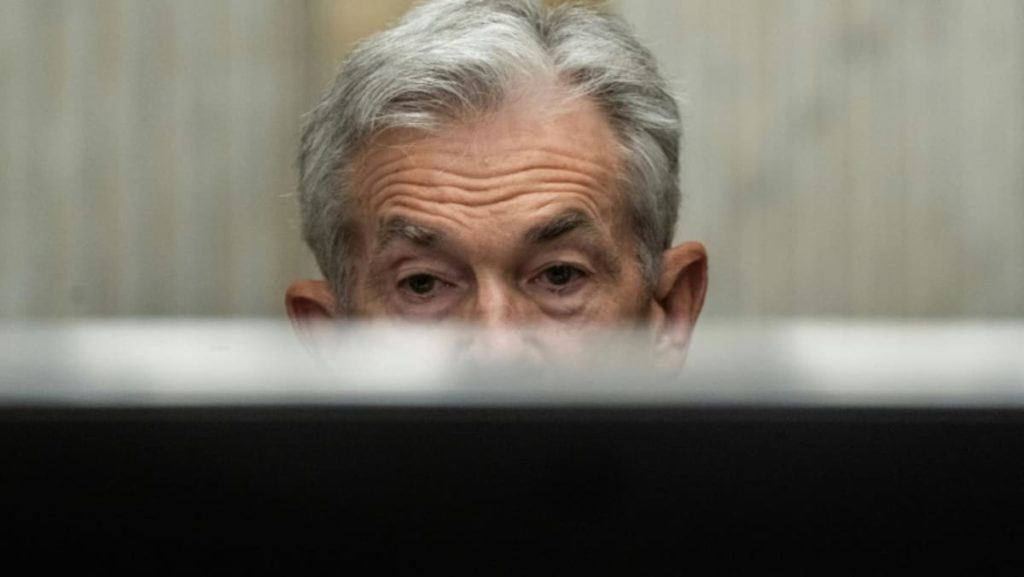Futures traders are currently expecting the Federal Reserve to cut interest rates in September, but recent data from CME Group suggests that this may not happen until November. This is a significant shift from late last year, when the markets were pricing in up to six rate cuts by 2024. Economists at Barclays believe that the Fed will prioritize the risk of high inflation over downside risks to employment, meaning that interest rates are likely to remain stable for the next few meetings. They still expect the Fed to make a rate cut this year, most likely in December.
As the Fed is expected to keep interest rates unchanged in the immediate future, analysts will be closely watching chair Powell’s press conference for any indication of when the first cut could happen. Despite mixed economic data, Powell is unlikely to provide much clarity this week, according to Ryan Sweet, chief US economist at Oxford Economics. Powell is expected to maintain the Fed’s flexible approach to monetary policy and respond as appropriate. Therefore, it is not expected that his press conference will change the likelihood of a rate cut in September.
Market expectations have shifted from pricing in multiple rate cuts in 2024 to now anticipating one cut this year, with the possibility of it happening in December. Economists believe that the Fed will focus on inflation targeting rather than employment risks, which would likely keep rates stable in the short term. With uncertainties surrounding trade tensions and global economic growth, the Fed will likely take a cautious approach and wait for more evidence before making any significant changes to monetary policy.
The recent shift in market expectations reflects a more cautious approach by the Federal Reserve, with less certainty about the timing of rate cuts. The Fed is likely to wait for more concrete evidence that inflation is moving towards its target before making any changes to interest rates. This cautious stance is in response to uncertainties surrounding global economic conditions and trade tensions, which could impact the effectiveness of any rate cuts. As a result, analysts will be closely monitoring data and statements from the Fed to gauge when the first rate cut may occur.
Despite the cautious approach by the Fed and the uncertainty surrounding the timing of rate cuts, analysts see a high probability of a rate cut happening this year. While the exact timing remains unclear, the markets are still anticipating at least one cut by the end of 2024. This reflects growing concerns about the global economic outlook and the potential impact on US growth. As a result, investors will be closely monitoring economic data and Fed statements for any signals about future monetary policy decisions.
In summary, the Federal Reserve is expected to keep interest rates stable in the short term, with the possibility of a rate cut later in the year. Market expectations have shifted from pricing in multiple rate cuts to a more conservative outlook, reflecting uncertainties surrounding global economic conditions. The Fed’s cautious approach to monetary policy reflects concerns about inflation and employment risks, as well as external factors such as trade tensions. Analysts will continue to monitor economic data and Fed statements for any indication of when the first rate cut may occur.


